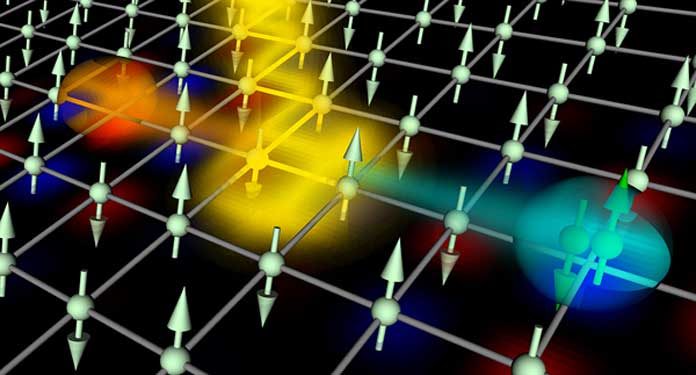Mott insulators are a class of materials that should conduct electricity under conventional band theories but are insulators when measured (particularly at low temperatures). This effect is due to electron-electron interactions, which are not considered in conventional band theory.
Now, scientists have made a breakthrough by finding a way to turn these materials beyond simple conductors to superconductors. In a new study, scientists from the RIKEN Cluster for Pioneering Research have shown that pulses of light could transform these materials beyond simple conductors to superconductors without energy loss.
Using unbiased numerical methods, scientists have shown that the pulse irradiation can induce unconventional superconductivity even in the Mott insulator of the Hubbard model. Such kind of unconventional superconductivity takes place under non-equilibrium conditions in strongly correlated materials such as high-Tc cuprates and iron-pnictides.
According to scientists, this process would happen through a phenomenon known as eta pairing.
This is not quite the same as the superconductivity observed in the same strongly related materials under equilibrium conditions and is thought to include repulsive communications between specific electrons inside the structure.
It is likewise not quite the same as traditional superconductivity, where the phenomenon emerges because of interactions among electrons and vibrations of the crystal structure, actuating common collaborations between electrons through vibrations and in this way defeating the repulsion between the electrons.
Almost 3 decades ago, a mathematical physicist Chen-Ning Yang originally proposed the idea of eta-pairing. Yet, it was a purely mathematical concept, it was understood as a virtual phenomenon that would not take place in the real world.
First author Tatsuya Kaneko, a postdoctoral researcher at the RIKEN Cluster for Pioneering Research said, “For this study, we used non-equilibrium dynamics to analyze the effect of pulses of light on a Mott insulator, and found that the effect would, in fact, happen in the real world.”
“What is interesting is that our calculations showed that this takes place based on the beautiful mathematical structure that Yang and his followers formulated so many years ago.”
According to Seiji Yunoki, who led the research team, “This work provides new insights not only into the phenomenon of non-equilibrium dynamics but also could lead to the development of new high-temperature superconductors, which could be useful in applications. What remains is to perform actual experiments with Mott insulators to verify that this process actually takes place.”
The research was published in Physical Review Letters.
